




First file a South African trademark that covers your WORD (e.g. DOPPIO ZERO).
If the logo may be used without the associated word mark, also file the LOGO.
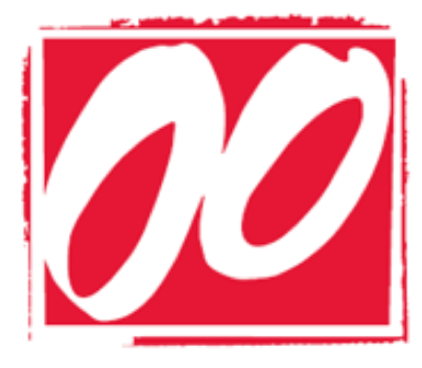
We don't recommend filing the WORD and LOGO together ‐ the combined trademark is generally superfluous.
A black and white image (e.g. for your logo) covers the artwork, irrespective of the colours used. For this reason, we suggest filing black & white and not colour images. Our advice would be the same, even if your logo was the SPUR American Indian Chief:

Typing your word mark in uppercase (e.g. "IDEANAV") covers all script and case types. Whereas, typing your word mark in lowercase (e.g. "IdeaNav") narrows your protection to the case type(s) used. We suggest always filing word marks in uppercase text.
Start by filing your South African trademark in the product / service classes that you intend to use in the present / short term. Should you launch a new product / extend your service offering, you should be able to file additional trademarks at that time.
Filing your first South African trademark gives you a 6 month right to file corresponding trademarks (i.e. same mark and class) in other countries, claiming the date of filing your South African trademark. This 6 month period is called the "priority period". Should a competitor see your branded product and try to file the same trademark in Zimbabwe during the 6 month period, your subsequent Zimbabwean trademark application that claims the date of your first South African trademark application will trump his filing, and you will hold the trademark rights in Zimbabwe.
However, the chance of this risk materializing is "low". In practise, most people wait until they are about to sell their product in a foreign country before filing a trademark in that country (irrespective whether this occurs within or outside the 6 month priority period) ‐ the risk of a start‐up running out of money outweighs the risk of "losing" the brand in foreign countries.
Note: South African is expected to implement the Madrid Protocol during the second half of 2018, which should reduce foreign trademark costs by around 90%.
Unlike patents, which requires inventors to keep their invention secret until the patent is filed, trademark law does not require your brand to be "new" at the time of filing your trademark.
Market and sell your product / service and file trademarks simultaneously. There is no reason to delay commercialising your product / service pending filing of your South African trademark application (never mind, pending registration of your trademark).
If a person / company:
you may sue that person / company for trademark infringement in the South African High Court.
The Court may order:
Your South African trademark application will be subject to search and examination at CIPC. The trademark examiner may (for example):
In response, you may need to agree to:
Sibanda & Zantwijk Trademark Attorneys will typically be able to assist you with each of the following steps:
at a fixed price.
Although we consider S&Z to be the most affordable and sophisticated trademark law firm in South Africa, you are not bound to use them, and are free to prosecute your trademark application yourself or to engage any other trademark firm to assist.
Trademarks must be renewed every 10 years calculated from the filing date. We upload all trademarks on to the PayAnnuity trademark renewal system ‐ the easiest and most affordable way to renew trademarks in South Africa.
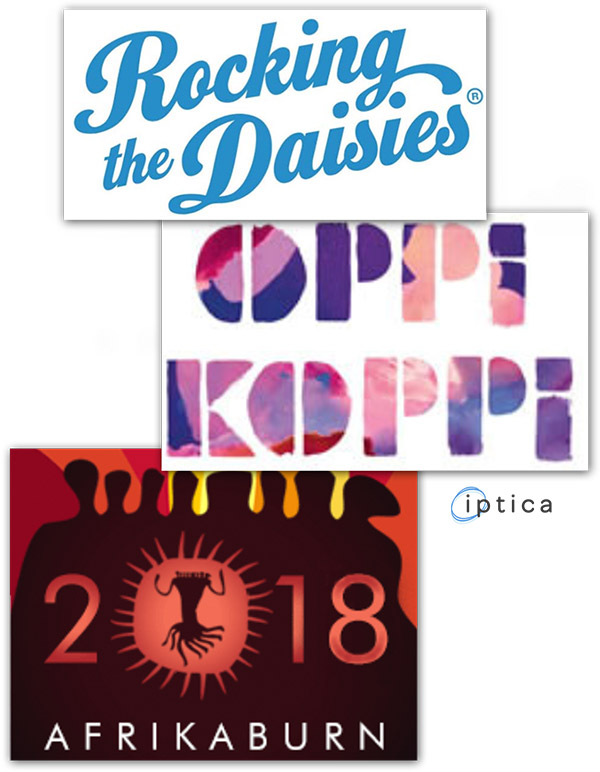
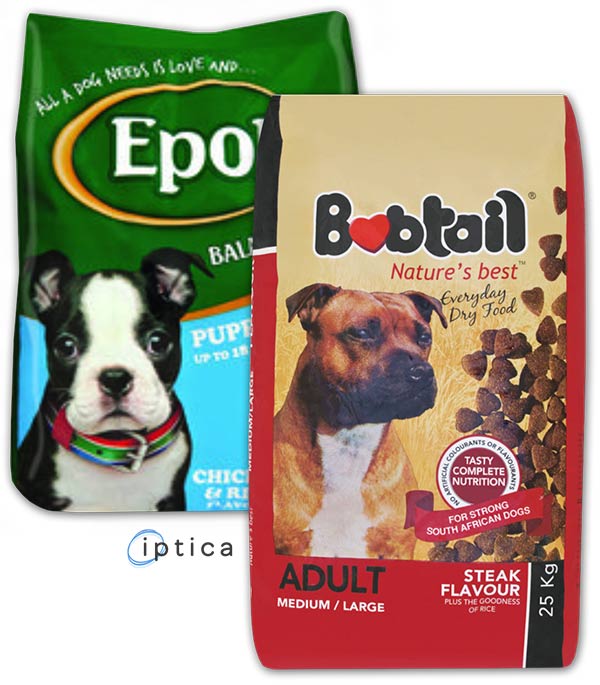

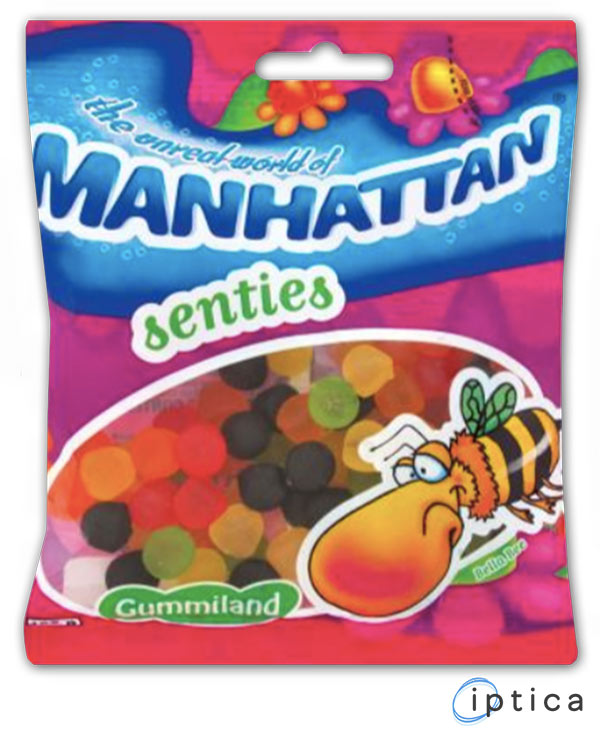
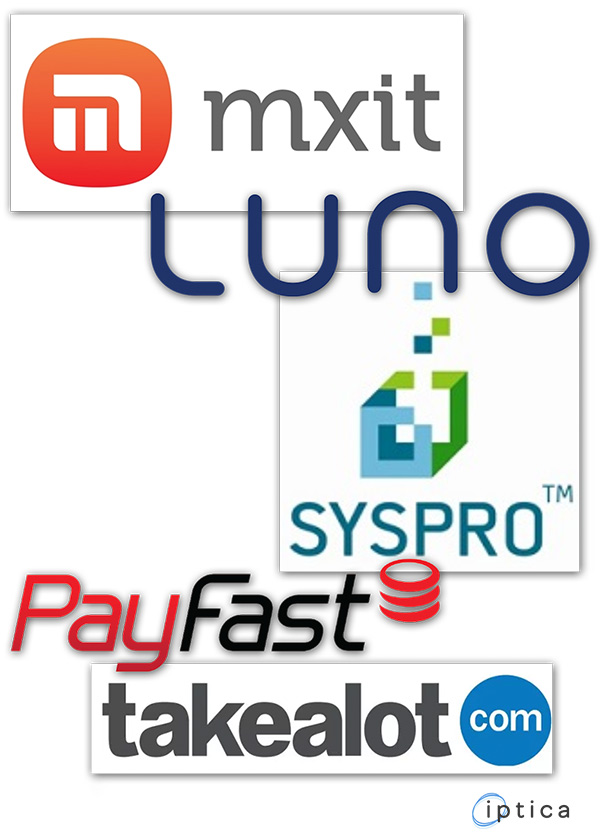
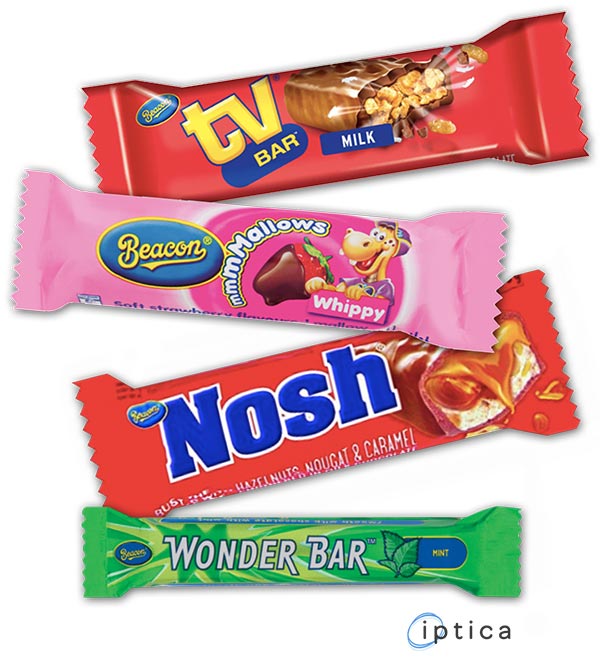
Like our page on facebook: